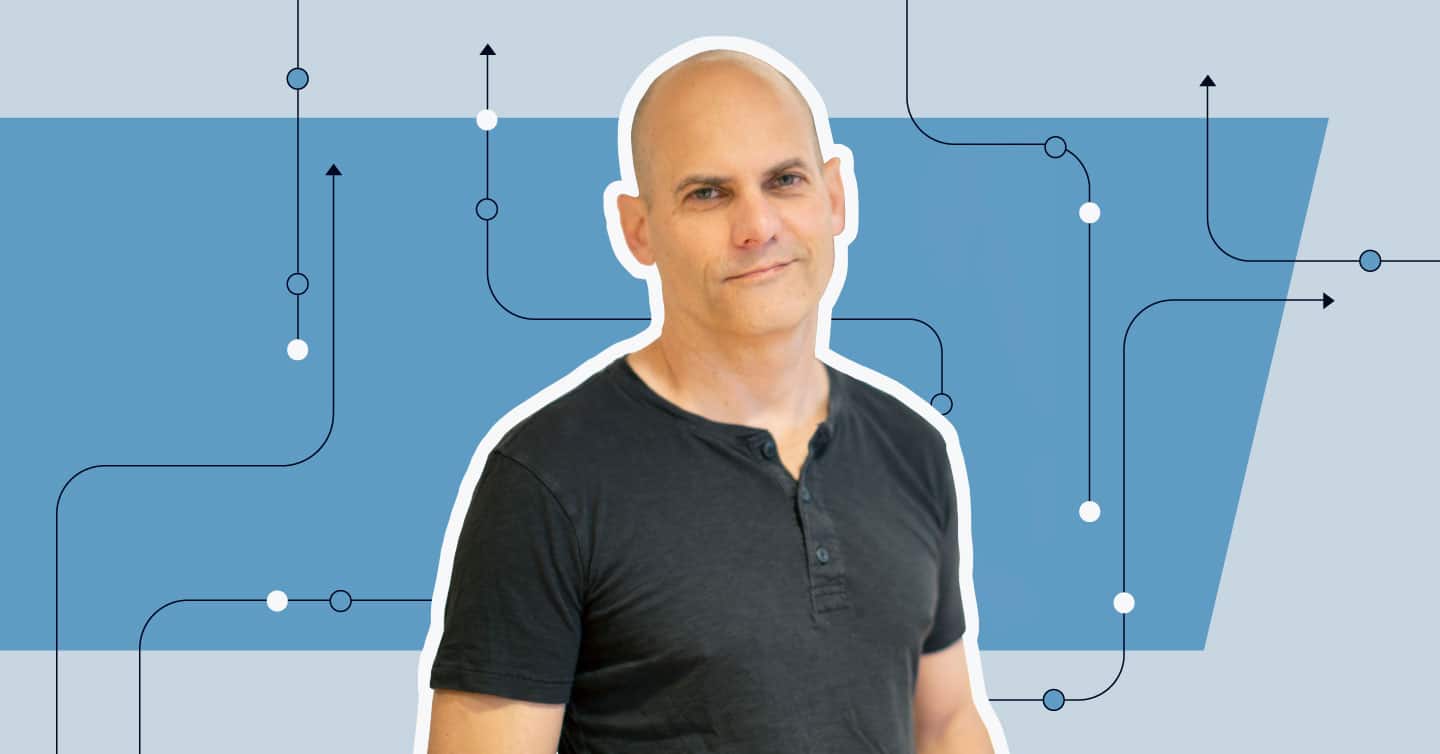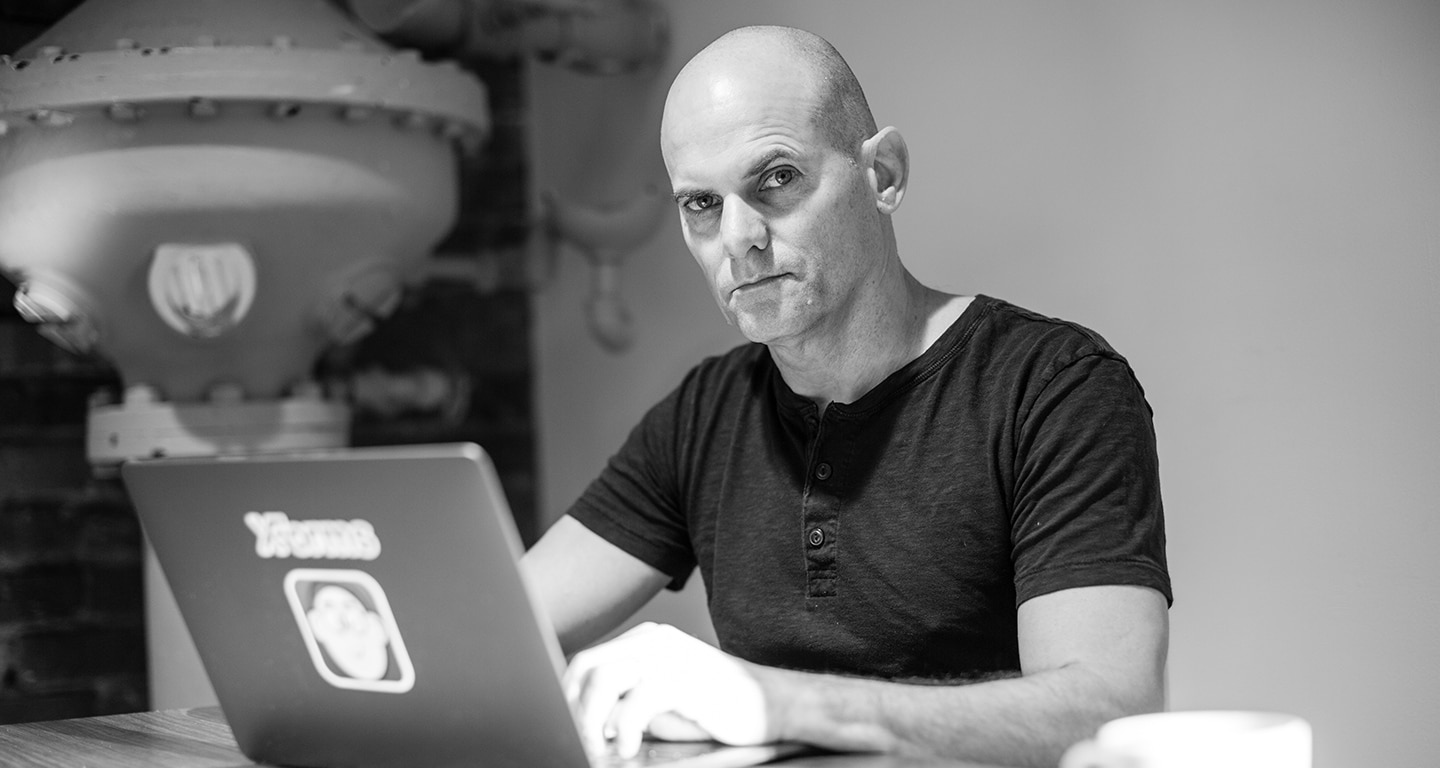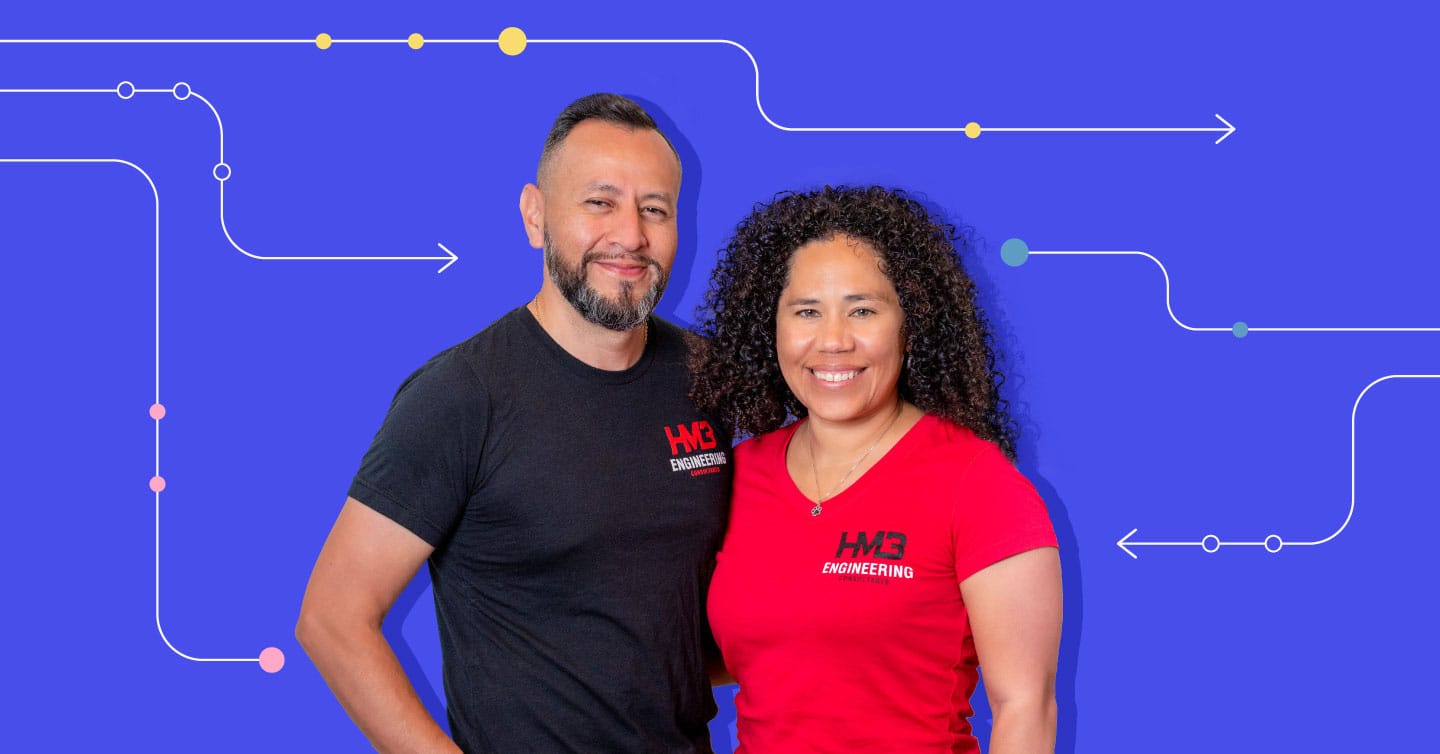CUSTOMER STORIES
An Innovative Software Entrepreneur Sustains Operations While Planning His Next Move

Founded in 1991, Terraine, Inc. has undergone several metamorphoses. And today, it’s poised to transform once again into a new (and lucrative) venture for Co-Founder, Program and Project Manager, Jim Young. But while Jim set his focus on the next chapter in his entrepreneurial story, he wasn’t ready to turn the page on Terraine, and he needed a way to sustain operations while waiting on a substantial contract payout.
Born as an environmental consulting firm, Terraine started out providing environmental investigation work to the likes of state and federal government agencies. It was during this work that Jim recognized the need for technology to collect large amounts of field data electronically on mobile devices where Internet connectivity was lacking or unreliable. This need inspired Jim’s next move with the acquisition of Adesso—a software platform that allows users to create forms, use them in the field to store data locally and then sync that data to a central server once Internet connectivity is restored.
In the years that followed, Terraine’s business boomed. At its peak, Terraine was 25-employees strong and developed mission-critical applications for many large firms, including Duke Energy and American Electric Power.
But as time marched on and new technology and players entered the space, business slowed. Today, Terraine is manned by Jim alone, and its most lucrative contract is with the U.S. Marine Corps, a holdover from its early years as an environmental consultancy.
“We conduct drinking water supply well sampling at Camp Lejeune, a military base in North Carolina,” Jim explains. “That’s done twice a year.”
In between these large paydays, Jim supports the business with application and web development, as well as SEO work. But as Jim puts it, this work is often “small potato stuff” in comparison.
Though Jim soon expects his financial outlook to improve with the launch of XForms (Adesso re-thought and re-engineered), he needed the means to sustain Terraine between the semiannual work on the Camp Lejeune well.
“We have to survive between the time that work gets completed and paid, and the next time,” states Jim. “Financially speaking, everything gets quickly paid off when that chunk of money shows up, and then it’s meager days for a while as little website projects come in and out.”
"We have to survive between the time work gets completed and paid...that’s when we turn to Fast Capital 360."

Evening Out Drastic Fluctuations in Cash Flow
To even out the unbalanced inflow and outflow of cash, Jim sought external financing. But due to his present circumstance, he found some lending avenues closed to him. “Credit ebbs and flows, and good times never last—neither do bad times, and I went through a bad time,” says Jim. “When that happens, you have to look for alternatives to bank financing.”
He found that financing alternative with the help of Fast Capital 360 and Business Advisor Jeff Lesko. As Jim describes it, the lending experience was “easy and straightforward.”
“Jeff is very responsive,” says Jim. “You send him an email and he calls you in 2 seconds.” According to Jim, the application and approval process was equally as fast. “All I had to do was send Jeff a few financial documents and, within a day, I received an answer—which is far more than I can say for any bank.”
Since 2018, Jim has worked with Jeff to secure funding through Fast Capital 360 5 times. With those funds, he’s successfully sustained operations while working on a new software platform with his partner, and creator of the original Adesso platform, Ron.
Adapting to Survive and Thrive in the Digital Marketplace
Adaptability is essential to survival in the competitive software industry. “Software may last 10 years if you’re lucky,” explains Jim. “If you think you’re going to sit on a software product and retire on it, it’s not going to happen.”
“Someone’s going to build something better, faster and cheaper, and it’s going to be more adaptable,” Jim continues. “So, in turn, you have to adapt constantly.”
And adapt he has. For the past year and a half, Jim has worked with Ron to create XForms. The idea started with a simple question: “What would Adesso look like today using a modern framework and a modern approach?”
Now, in the beta stage of development, XForms stands to make field data capture so easy and fast that it’s a cinch to use and not burdensome, complicated, time-consuming or device-dependent.
With 2 clients already on board and more on the way, Jim has high hopes for this new venture. “Three months from now, XForms will be in version 1.0, and we’ll be ready to really sell it. I think it’s going to do well.”






